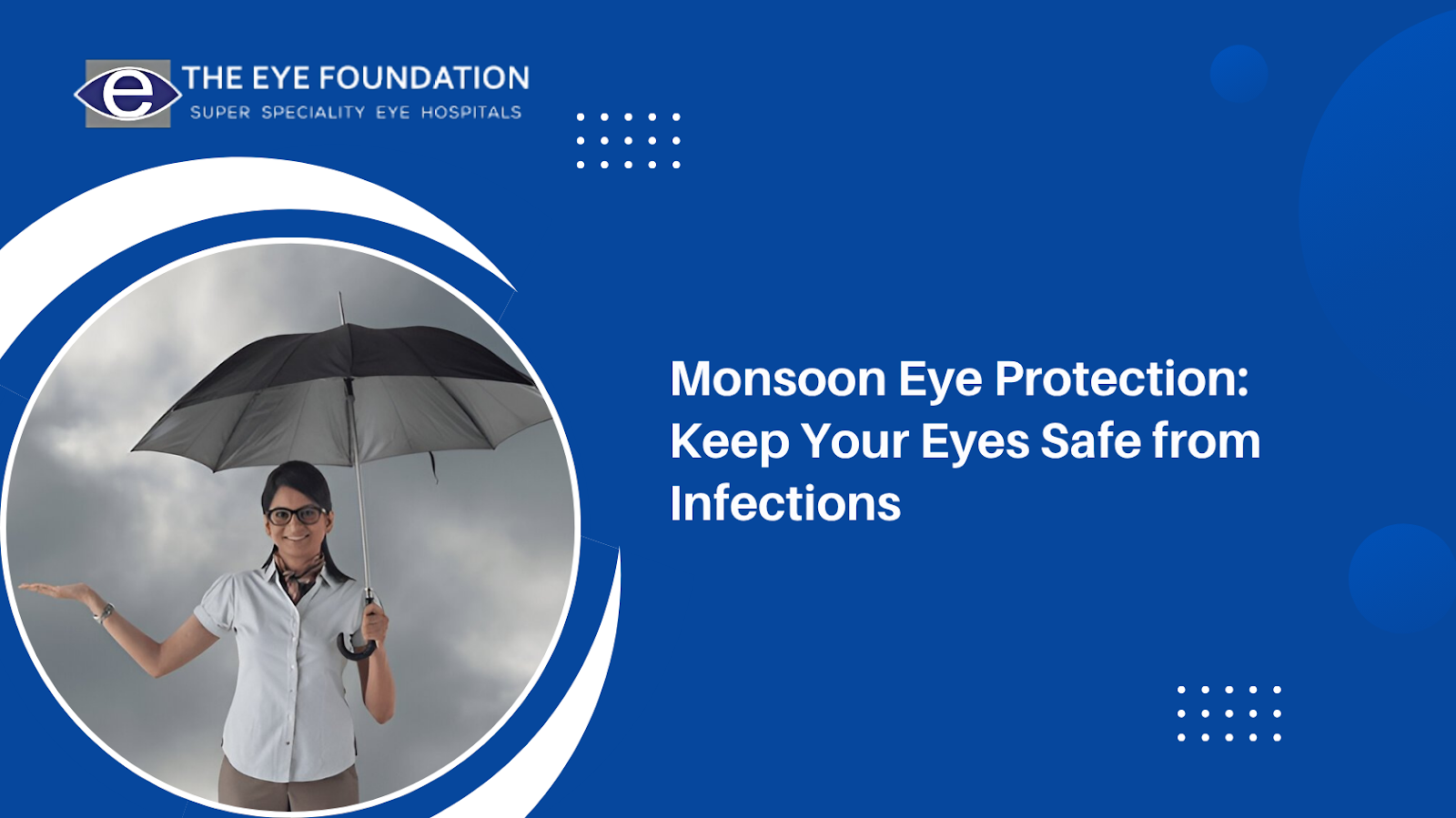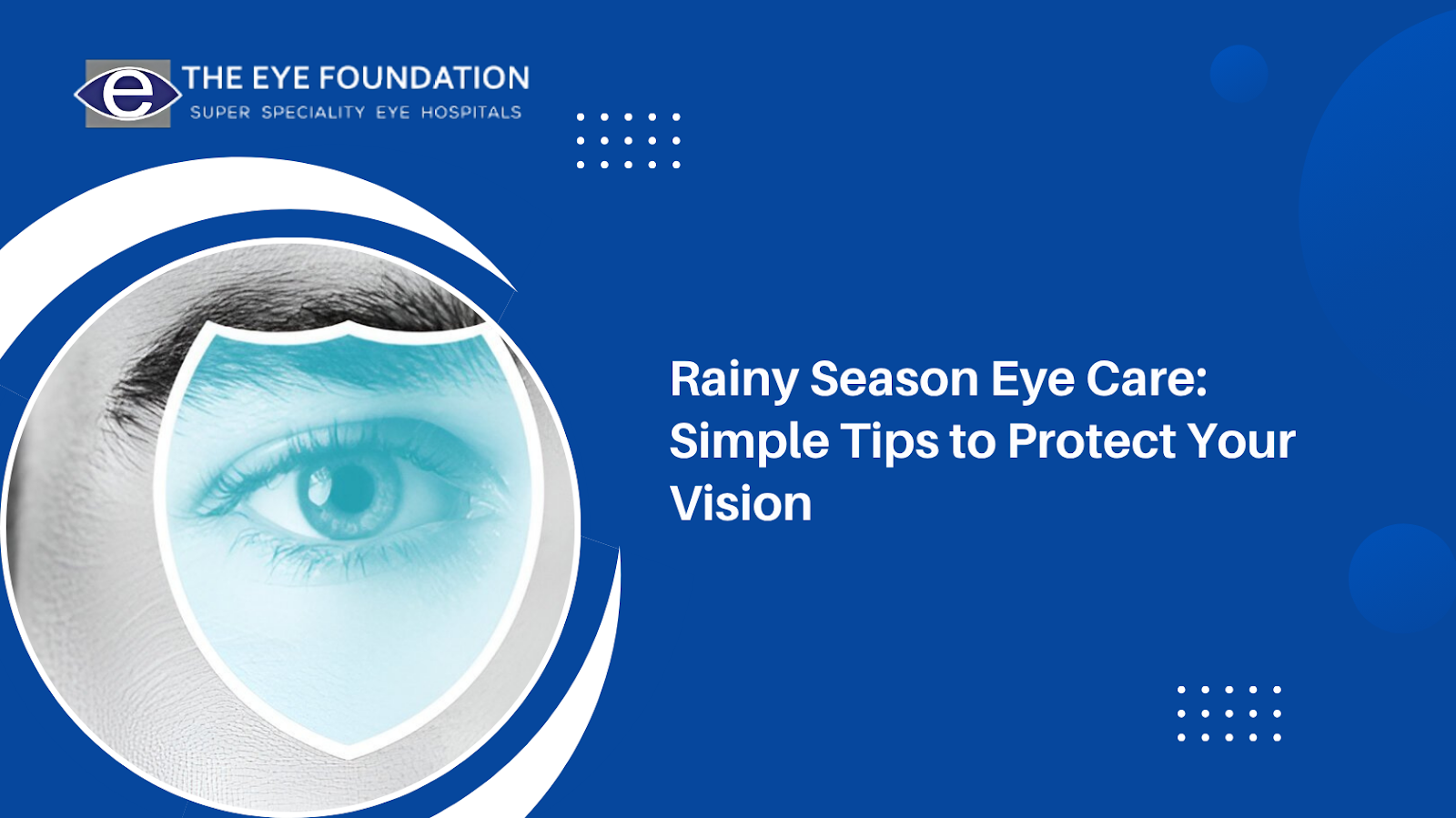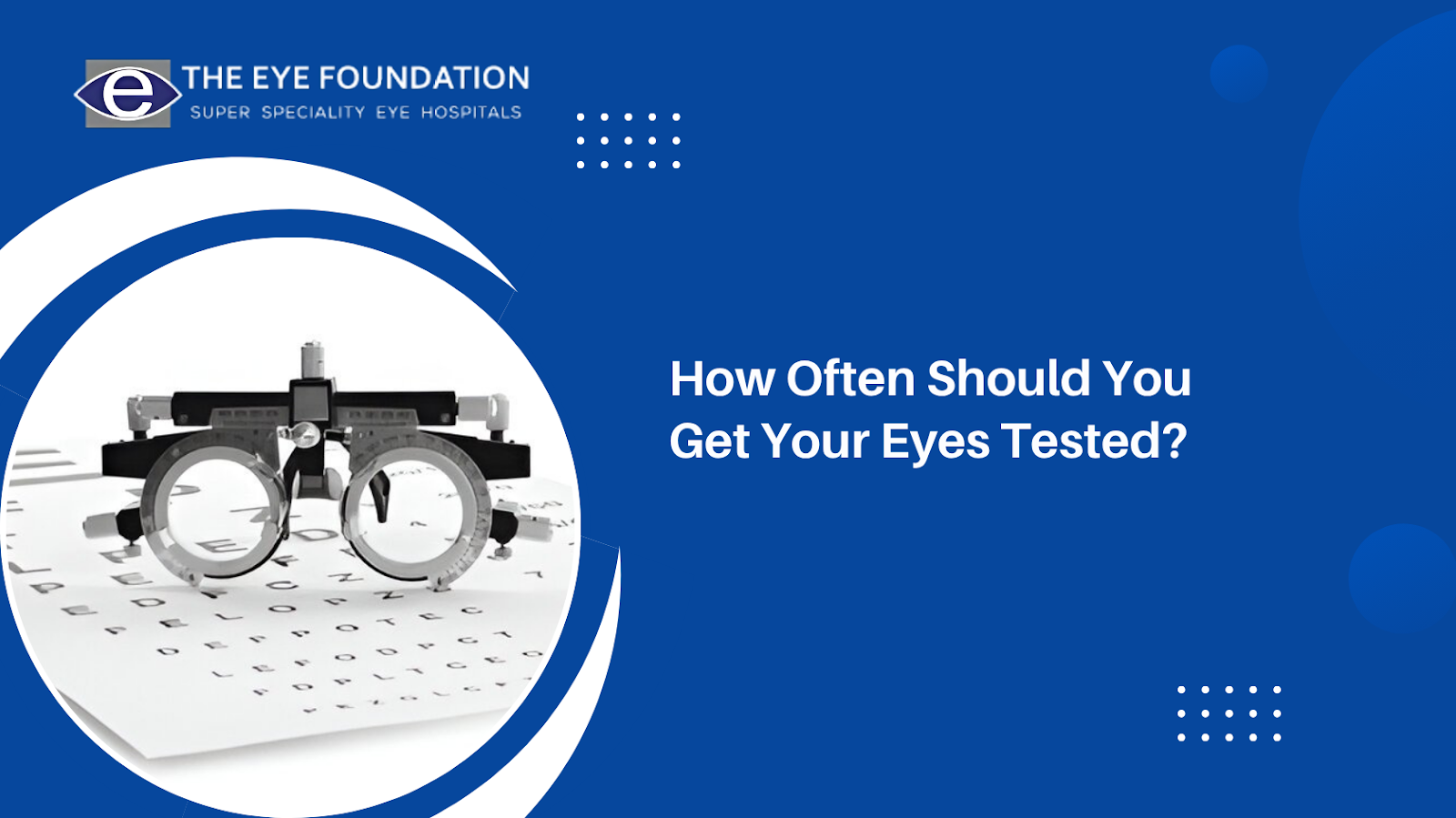Do you suffer from headaches that just seem to happen for no particular reason? You have ruled out stress, dehydration, or screen time but the headache remains, with emphasis on pain around your eyes, temples, or forehead? The majority of chronic headaches in adults are thought to stem from lifestyle factors, but one surprisingly neglected cause can be eye muscle imbalance.
Yes, you read that correctly. The extraocular muscles responsible for eye movement can put excessive stress on your visual system, which can lead to fatigue, tension, and headaches, particularly if a muscle is weak or overcompensating for another muscle.
Let's explore eye muscle imbalance, how it works, how to recognize it, and what you can do to alleviate it.
How Eye Muscle Imbalance Leads to Headaches
When your eye muscles are misaligned, your brain expends extra energy to “fix” the misalignment and create a single, clear image. Over time, this continual “overkill” creates serious strain on the visual system. Here is how this results in headaches:
- Eye strain: The effort to keep objects in focus. - The eyes are adapting and working all the time, mostly when reading, but also when using screens.
- Muscle fatigue: The extraocular muscles tire from excessive and unnatural efforts.
- Neural overload: The brain is overwhelmed with eye distortions leading to mental fatigue and actual pain.
- Poor posture: People will subconsciously lean forward (and or tilt their head) to reduce visual strain which creates additional neck and shoulder strain that adds to headaches.
Ultimately, what may have started as mild discomfort may lead to chronic, tension-type headaches over time.
Common Symptoms of Eye Muscle Imbalance
If you’re wondering whether an eye muscle imbalance could be the cause of your headaches, look out for these signs:
- Frequent headaches, especially after visual tasks (e.g., reading, working on a computer)
- Difficulty focusing or eye fatigue
- Blurred or double vision
- A pulling sensation around the eyes
- Words moving or jumping while reading
- Increased sensitivity to light
- Closing one eye to read or focus
- Poor depth perception
These symptoms may be mild at first but can worsen over time if not treated. Many patients live with this condition for years without realizing the root cause of their discomfort.
Who Is at Risk?
Anyone can develop eye muscle imbalance, but some people are more at risk than others:
- Children and adolescents who are experiencing rapid growth or spending excessive time on screens.
- Office workers who spend long hours looking at monitors with poor lighting or posture.
- People with uncorrected vision problems (e.g., farsightedness or astigmatism).
- Older adults, as muscle tone and eye coordination can weaken with age.
- Individuals with underlying neurological or muscular conditions that affect coordination.
Even subtle misalignments, undetectable in standard vision tests, can cause significant strain.
Diagnosing Eye Muscle Imbalance
A basic eye checkup might not always detect this issue. Specialized assessments are required, including:
- Binocular vision testing
- Eye movement analysis
- Cover tests (to detect misalignment)
- Prism tests
- Eye tracking
If you suspect an eye muscle imbalance, it’s essential to consult with a trained ophthalmologist or orthoptist who can accurately diagnose the condition using these tools.
Treatment Options
The good news? Eye muscle imbalances are highly treatable. Depending on the severity and type of imbalance, treatments may include:
- Vision therapy – A structured program of eye exercises designed to strengthen coordination and control.
- Prism glasses – Special lenses that adjust the angle of light entering the eyes to reduce strain and improve alignment.
- Corrective lenses – Prescriptions tailored not just for vision correction but also to support eye coordination.
- Botox injections – In some cases, Botox can be used to temporarily weaken an overactive eye muscle and restore balance.
- Surgery – Reserved for severe or persistent cases, surgery can realign the extraocular muscles.
Early intervention significantly improves outcomes and may prevent long-term discomfort and headaches.
Relief Is Possible Start with a Proper Evaluation
Those frequent unidentified headaches can impact your quality of life greatly; they don't have to. If you haven't already ruled out the basics, it might be time to investigate an eye muscle imbalance. Most people are shocked to learn that this silent visual dysfunction was really the missing puzzle piece in the headache process all along.
At The Eye Foundation, our only specialty is managing complicated visual problems like an eye muscle imbalance and we are very good at it. Using top-of-the-line instrumentation and one-on-one customized management plans, we help patients have long-term relief from chronic eye strain and headaches.
Don't camouflage your symptoms or accept band-aid solutions. Schedule an appointment with The Eye Foundation and take the first step to better vision and a pain-free life today!






